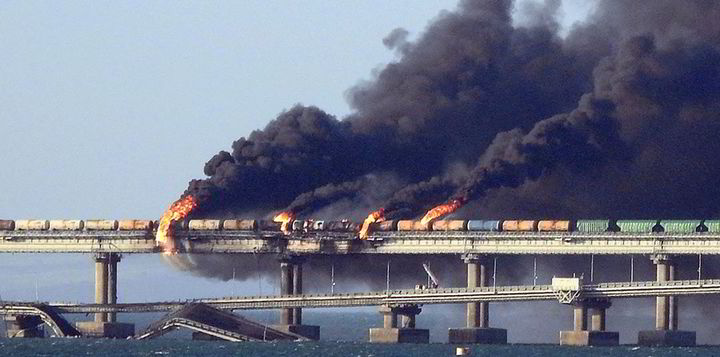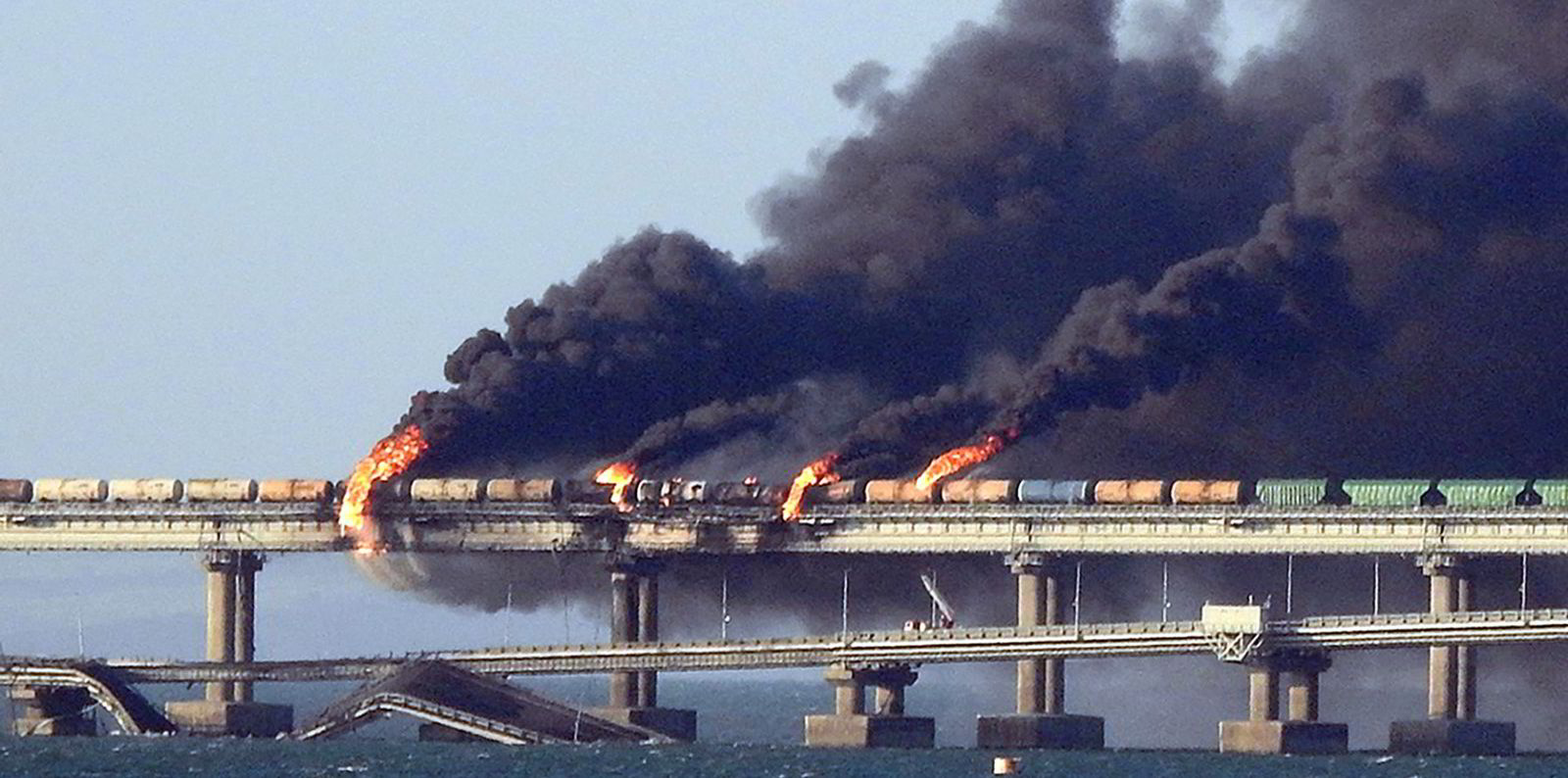Crimea-based producer Chernomorneftegaz has revealed the massive drop in gas output from its Black Sea operations after last year’s attack by Ukraine against radars and other military equipment installed by Russia on the company’s offshore platforms.
Chernomorneftegaz is a former subsidiary of Ukraine’s state gas producer and importer Naftogaz Ukrainy in Crimea that was taken over by Moscow-installed regional authorities following Russia’s annexation of the peninsula from Ukraine in 2014.
The company lost 98% of it output in June 2022 when Ukraine launched a missile attack against the Russian threat on the platforms, Chernomorneftegaz technical director Oleg Grin said earlier this week at a regional governmental meeting.
Grin, who was quoted by Russian state news agency Ria-Novosti, said that Chernomorneftegaz produced just 3.6 million cubic metres of natural gas in the first quarter of this year against 260 MMcm in the same period in 2022.
The company’s condensate output has also nosedived, declining to about 8 million barrels in the first quarter of this year compared with 59 million barrels in the same period of 2022, he added.
As a result, Chernomorneftegaz’ business has been narrowed to that of a regional distributor of supplied Russian pipeline gas.
Article continues below the advert
However, the marketing of imported gas is a loss-making operation for the producer, forcing it to consider massive layoffs of personnel later this year as it exhausts existing loans, Grin said.
Chernomorneftegaz expects to record a pre-tax loss of about 5 billion rubles ($63 million) from such distribution business in 2023 as it has to buy gas at a commodity exchange in Russia at about 80% premium to the regulated end price for gas, delivered to customers in Crimea, Grin said.
The company is asking authorities to consider giving it urgent tax breaks to avoid layoffs.
In response to the loss of offshore production by Chernomorneftegaz, Moscow increased its gas deliveries to Crimea last year.
The peninsula was linked by a dedicated pipeline to the Gazprom-operated trunkline network in the Krasnodar region in 2016.
Authorities in Kyiv said that air defence systems deployed on Chernormorneftegaz’ platforms were part of the Russian bid to fully control airspace along the country’s Black Sea coast from Crimea to Moldova.
Last year’s missile strike led to massive fires on the three platforms at its largest Odesskoye field and at a jack-up drilling rig that was stationed nearby, according to US NASA satellite images of the area taken a few days after the attack.
According to the NASA imaging platform, one of the fires raged uncontrolled throughout the winter. A long stretch of white smoke from burning gas was seen on NASA satellite images through the end of April.
Gazprom has stayed away from setting foot in Crimea to take over regional gas supplies despite calls from Moscow-installed regional authorities . There are suggestions in Moscow that the gas giant is wary of additional international sanctions and possible international arbitration claims.
In April, an international arbitration tribunal in the Netherlands ordered Russia to pay Naftogaz $5 billion in compensation for assets lost by the Russian annexation of Crimea in 2014.
The core asset lost is Chernomorneftegaz, its Black Sea gas producing fields, a regional gas distribution network and an onshore underground storage facility.
Naftogaz executive chairman Alexei Chernihiv said in a social network post this week that the collection of the arbitration award from Russia remains “a focus of our work”.

